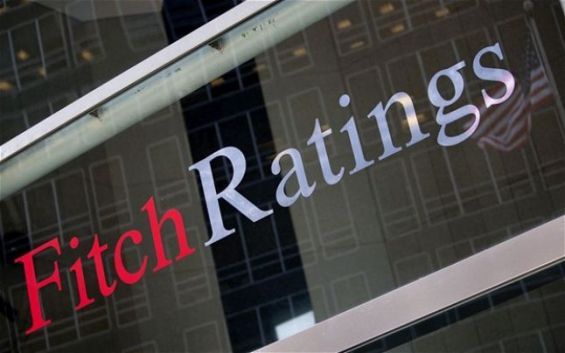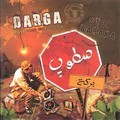Fitch Ratings believes that Moroccan banks could be subject to difficulty when exposed to external shocks. The agency explains in a report issued yesterday that financial institutions in the Kingdom, due to their weak assets may not be well-suited or have the adequate means for their high risk appetite and some of their current ventures. To put it in other words, Fitch indicates that Moroccan banks' capital, (also known as tangible common equity) is on average only 10% of their assets which is considered barely acceptable for financial institutions pursuing high-risk investments.
Fitch created a ratio to determine the vulnerability of banks faced with potential external shocks and impaired loans. According to Fitch Ratings, capital adequacy ratios are too low in Morocco averaging 12.6% at the end-2016. The figure is though only an average as some outliers exists such as for instance Attijariwafabank with 10.8% and BMCE Bank of Africa with a capital adequacy ratio of 9.7%. These low ratios are behind Fitch's concern on Moroccan bank’s viability and their supposedly below-average ratings.
Vulnerable to external shocks
«The average (impaired loans out of total loans) for Morocco’s seven largest banks is 9,7% at end 2016 of impaired loans out of total loans with 70% of reserves.» The agency also believes that local reporting practices understate the true extent of asset quality weakness, indicates the analysis conducted by Janine Dow.
Nevertheless, Fitch believes that foreign-owned banks such as Societé Générale Marocaine de Banques (SGMB) and BMCI have more conservative and risk-averse practices and accounting methodologies which would be a likely explanation for their considerably higher impaired loan ratios published at respectively 14.6% and 12.7% at end-2016, a figure way higher than the Moroccan industry average.
According to the same analysis, if banks were to take into consideration their «watch list, restricted and foreclosed loans» they would have announced much higher impaired loan ratios which therefore would confirm their supposedly higher risk profile.
On the other hand, Fitch considers also that Moroccan banks have higher risk appetite in comparison with their peers from developed markets. It would have been expected that with such a high risk appetite, strong processes would be put in place to manage risky deals, but due to high competition and limited viable opportunities, banks are forced to follow more flexible approaches.
Indeed, the recent acquisitions of Attiariwafabank in Egypt and BIA-Niger by Banque Centrale Populaire (BCP) confirm Moroccan banks’ higher exposure to riskier environments. These subsidiaries are rated below their domestic markets and thus result in «a drag on their credit profiles», adds Fitch.
In a worst case scenario, Fitch expects Moroccan banks to receive support from the government or from their foreign parent companies which would somehow limit the actual risks and impacts of their «risky» endeavors.




 chargement...
chargement...












